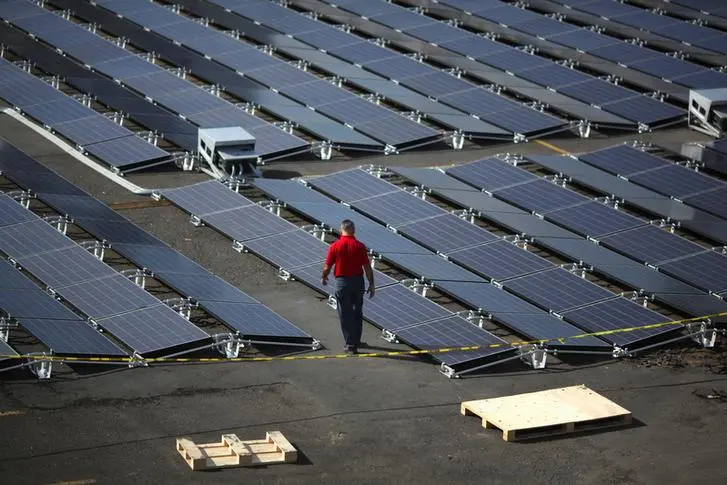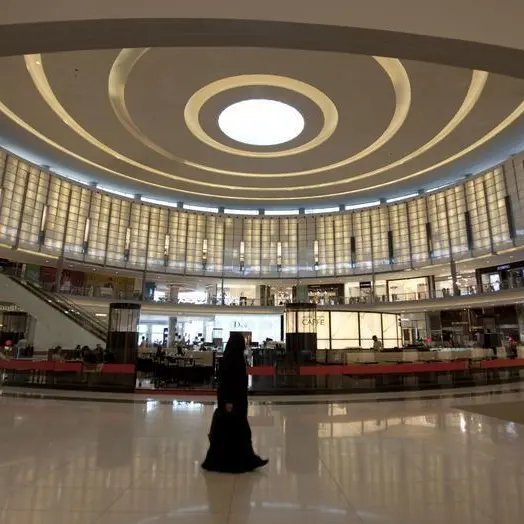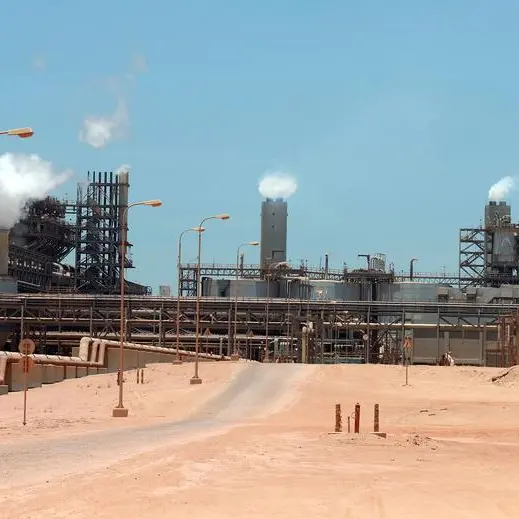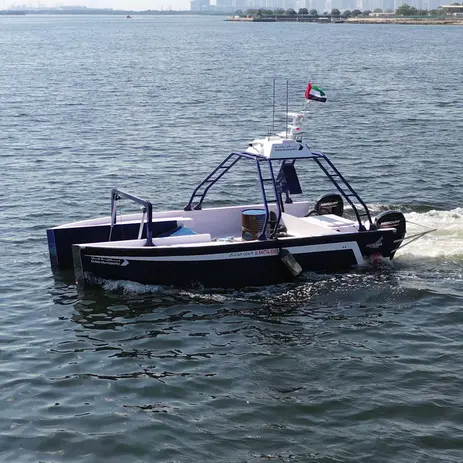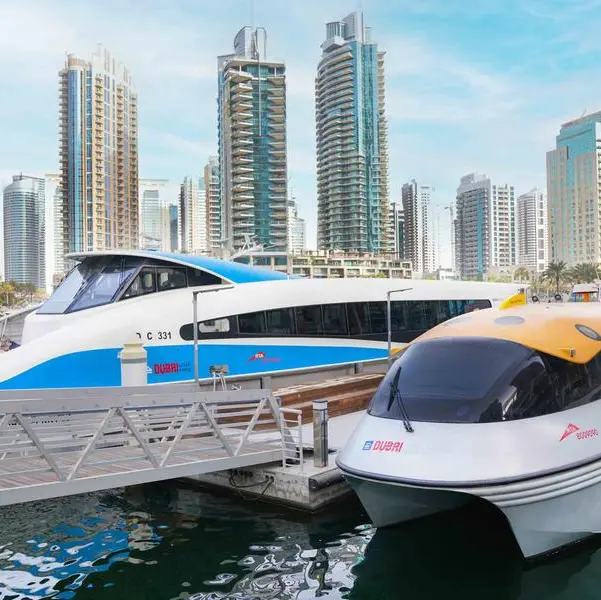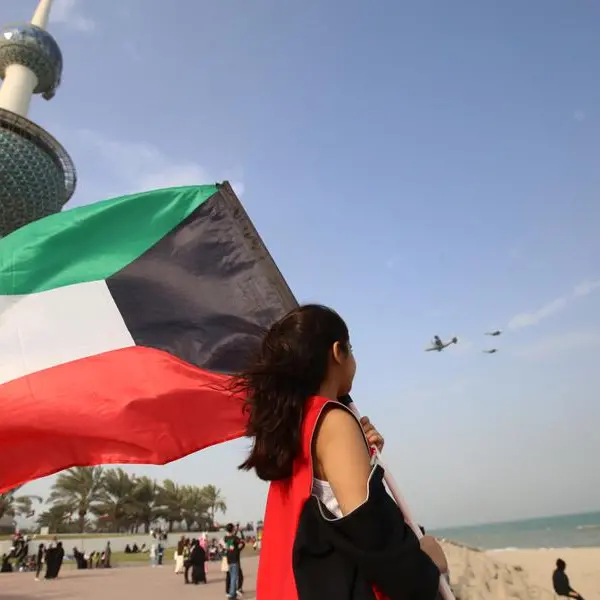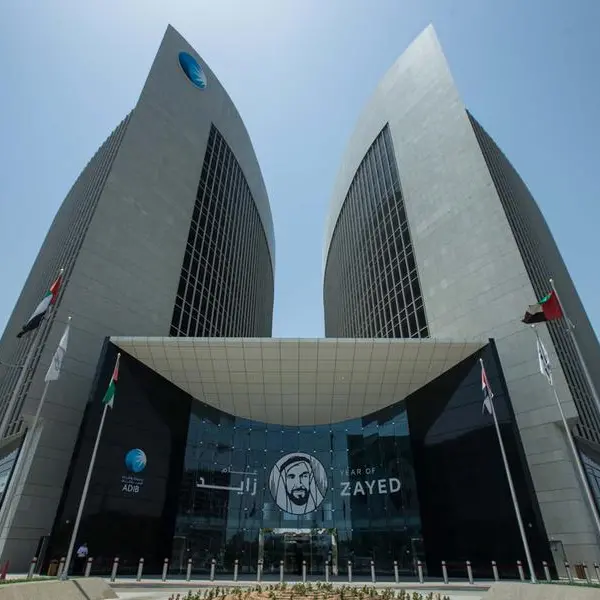PHOTO
In April, the UAE once again stunned the world by announcing the lowest ever price for solar energy in the world, a feat the region has accomplished many times over in the past as well.
So far the news from the region has been more positive than negative for the renewable energy industry. Even amid the COVID-19 crisis, Saudi Arabia received bids for the second round of its National Renewable Energy Programme and launched bidding for the third round, sending a clear signal that the oil price crash and the COVID-19 crisis have not upset the renewable energy plans in the region.
In a webinar organised by the Middle East Solar Energy Association (MESIA) and ATA Insights in April, experts discussed what to expect in terms of risks, pricing and bankability of large-scale solar photovoltaic (PV) power projects in the Middle East amid the COVID-19 crisis.
Sofia Chanbane, VP, Business Development, Engie; Gurmeet Kaur, Partner, Pinsent Masons and Director at MESIA; Ami Liu, Head of Global Business Development Department, LONGI Solar, and Alvin Shi, Managing Director, Sungrow were the speakers.
Mitigating risks
From a developer's stand point, for under-construction and O&M [Operations & Maintenance] projects, getting manpower on site would be the biggest challenge, said Engie's Sofia.
"Construction of PV projects are manpower intensive and for projects in the O&M phase, simple issues like getting specialised experts to project sites may become difficult. But I see the O&M impact for renewables lower than what it could be for conventional plants given the simplicity of operations," she said.
For future projects, the overall uncertainty around COVID-19 could impact banks' cost of funding, she noted. "We don't know yet how future supply chains may be affected and how prices of modules would evolve, and banks may also find it difficult to assess the bankability of vendors and suppliers, all of which may impact the prices or competitiveness of future projects," she said.
MESIA's Gurmeet said that to mitigate losses, clients may have to consider alternative procurement options, hire locally to meet labour shortages and provide labour accommodation close to the site.
"We are starting to see these concerns from lenders as to how these risks would be managed," she said, adding that delays and shortages raise questions on the viability of record low tariffs in the Middle East going forward.
Sofia said procurers should step in to maintain competitive tariffs.
"They can add tariff adjustment mechanisms for such situations rather than inflate the tariff by providing for contingencies right from the beginning," she said, adding that going forward, contractors need to consider pandemics like COVID-19 in their time schedule and costs.
Impact on contracts
Gurmeet said she is seeing a rise in the number of claims from developers and contractors seeking extension of time and claims for cost.
"The procurement of renewable projects is based on conventional power projects in the region. So the documents are well drafted and most of them do provide for some sort of relief for time and cost," she said.
"To the extent that you don't have a contractual right, it's about how you pass down that risk throughout the contractual chain. There is a concept of equivalent project relief whereby the Engineering, Procurement and Construction (EPC) contractor would agree that his or her relief is limited to what the developer claims under his or her power purchase agreement (PPA), passing the risk down. Ultimately you need to have sufficient contingencies built into your EPC and in your supply chains to mitigate risks," said Kaur.
Sofia added: "If the project is under construction, I see the contractors are already placing claims for time relief and most of the time, contracts allow for it. For most contractors, the costs with the suppliers are already locked in before COVID-19 and time relief is already covered in the contract."
Approval delays
Gurmeet said projects coming up for financial close may start seeing delays in getting credit approvals because banks may want to be convinced about how additional risks can be mitigated and how the extra cost would be funded.
"Either you need to build in for extra contingencies or you need to find a solution with the procurer. You will seek compensation by way of a lumpsum payment or by way of a tariff adjustment," she said.
"Going forward, I expect to see lot of dialogue between procurers, contractors and developers. Early collaboration is essential because it is in the interest of everyone to see that the projects proceed accordingly."
Even simple practical issues like signing of documents, to get notaries to authorise, registration of security may result in additional delays, noted Gurmeet. She said government commitment, strong banking fundamentals and liquidity in the GCC indicate that funding renewable projects should not be a problem if documents are bankable.
"The bank will look at how the additional element of risk is being mitigated and assess on a project-to-project basis. I have heard of projects where they may be relooking the pricing using the material adverse change clause in the loan documentation that may result in higher pricing," Gurmeet said.
Bankability of suppliers
Longi Solar's Ami Liu said in the Middle East's competitive market, banks will become more cautious in evaluating the bankability of solar manufacturers.
She elaborated: "Vertically integrated manufacturers will be considered more bankable. Advanced technology, good product quality, financial health, brand reputation and the company's sustainability will become the key assessment criteria for lenders. We also propose the investor require the selected supplier to provide third party insurance like product and liability insurance."
The insurance policies will take care of the warranties even if the manufacturer goes out of business over a 25-30-year period of the contract, she said.
Liu said the global module production capacity has doubled from 120 gigawatts (GW) in 2016 to 250 GW at present. "The main task for every module manufacturer now is to manage the supply and demand for modules and to manage the supply chain. Right now production capacity is there but the demand is declining," she said.
Liu said while demand is expected to return soon in European markets recovering from the pandemic, in emerging markets like Latin America, South East Asia and MENA, where the pandemic is still spreading, business would get impacted.
She also feels the market may face "reshuffling" as many suppliers may not survive the financial havoc caused by COVID-19.
Alvin Shi, Managing Director, Sungrow, said after-service is an important bankability-criteria for inverter manufacturers.
"Inverters are made up of hundreds of components and last for five-seven years and hence need to be replaced during a project's life. So, availability of components, service personnel and permanent stock of components in the region is a key criterion while evaluating the bankability of the supplier.
(Reporting by Sowmya Sundar; Editing by Anoop Menon & Bhaskar Raj)
(anoop.menon@refinitiv.com)
#COVID19 #SOLARPV #BANKABILITY #SUPPLYCHAIN # ENGIE #MESIA #LONGISOLAR #SUNGROW #ATAINSIGHTS
Disclaimer: This article is provided for informational purposes only. The content does not provide tax, legal or investment advice or opinion regarding the suitability, value or profitability of any particular security, portfolio or investment strategy. Read our full disclaimer policy here.
© ZAWYA 2020
